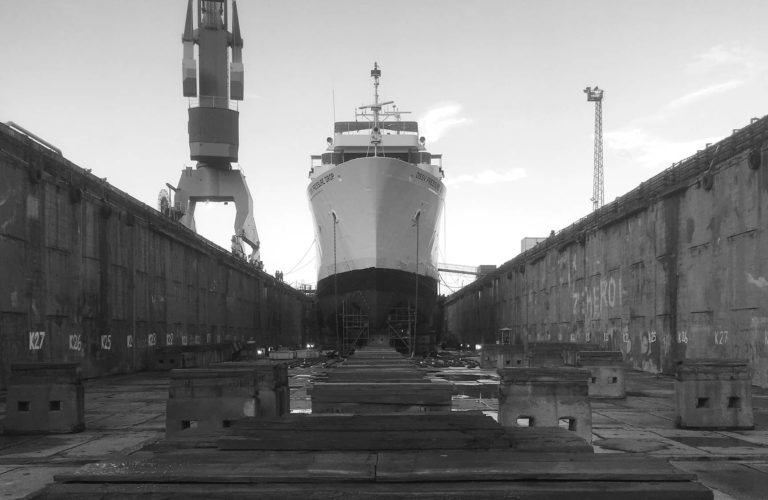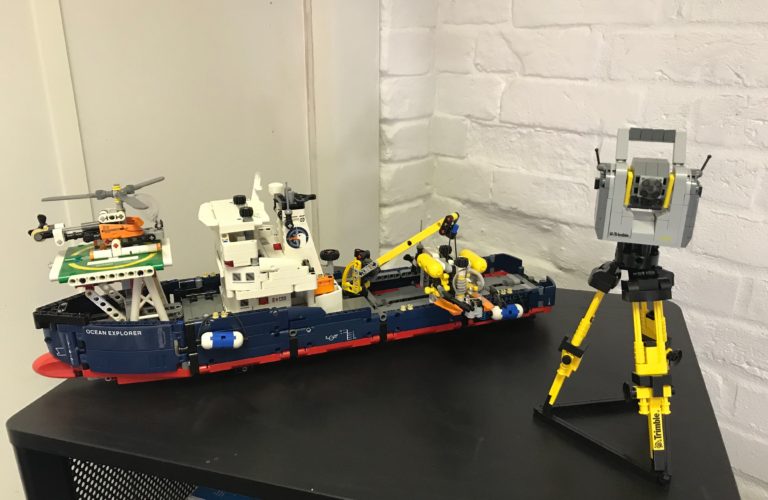
Boundaries, who needs them?
At GEOSIGHT we have successfully completed approximately 300 boundary surveys, most involving a dispute between neighbours. So what is a boundary dispute, and how can a surveyor help?
Whenever you are undertaking any work on or near your boundary it is important to understand exactly where that boundary lies. Remarkably, your title plan, the one document you might think will detail exactly where your boundary is – doesn’t. What is shows is a “general boundary”, giving only an indication that the boundary lies close to the redline shown on the drawing. The exact position of the boundary is where the two neighbours agree it should be. What happens when they don’t agree? You get a dispute. A boundary surveyor can help by examining the site and any legal documents to locate the most likely place for the boundary line. Only a court judge can make an absolute determination though.
Anatomy of a Boundary Dispute
Unfortunately, there are many ways a straightforward boundary line can end up as anything but straightforward. A dispute will usually arise when one neighbour moves a boundary feature – a fence, a wall, a hedge. The new location will be their interpretation of the boundary line and unless it agrees with where their neighbour also thinks it lies then we have a dispute. This can be resolved simply with a discussion between the neighbours and the potential relocation of the new boundary feature. Unfortunately, the neighbours often do not agree and then third parties must be brought in to help with the resolution process.
Original Intention
At some point in time somebody decided how much land your property should occupy. They made a conscious decision on exactly where the boundary line was located. However a boundary line, in itself, exists only on paper. It is the line described in the Parcels Clause of the conveyance documentation: “ALL THAT …”. Hopefully there is a drawing to accompany this that shows the plot, and even better if it has dimensions. Those dimensions must then be tied to physical features on the ground. In urban settings there are usually fences or walls, but in a more rural setting they can be a hedge line or the edge of a ditch. Although these dimensions certainly help, they are almost always caveated by the phrase “or thereabouts”, allowing for the inaccuracies of the technique by whoever measured them.
Ordnance Survey and Land Registry
If your property is registered (and all land must be registered eventually) there will be a record at Land Registry, the legal body that holds all details of each property. They will have a drawing based on Ordnance Survey maps showing the outline of your property. Unfortunately the Land Registry is only bound to show the general position of a boundary, not the precise location. This General Boundary is so called partly because the title plan is based upon Ordnance Survey maps, which carries an inherent inaccuracy in its sole purpose of only mapping physical features and of not showing boundaries.
Interpretation
So we are left in the situation that the boundary is described by conveyance documentation, where even if dimensions are given they are held as being inaccurate; and Land Registry holding information on your property but by law they are not allowed to show precise details of exactly where a boundary line is located. It is no wonder arguments and disagreements arise.
Most people go their whole lives never having a disagreement with their neighbours over the location of a boundary line. For those who are unlucky enough to become embroiled in a dispute though, it can be a lengthy, expensive, emotional roller coaster, caused sometimes by genuine error and sometimes by someone who wants just that little bit more than they are entitled to.
Where these disputes occur the various parties often need help in making that important decision on just where the boundary line lies.
What happens when people disagree?
There is no straight-line path through a defined process. Obviously, the simplest way to resolve a difference of opinion is to discuss the issue with the other party, arrive at a solution and implement it. And sometimes this is what happens, but only sometimes.
Sometimes the two parties enter an alternative dispute resolution (ADR) process at this stage, either by arbitration or mediation. Sometimes they head straight for legal advice and engage solicitors to fight the battle for them. ADR is a less expensive route as no other parties are involved and the time taken to reach a decision is relatively quick. Only solicitors can navigate through difficult legal situations though, providing insight into the whys and wherefores of the situation and represent their clients’ interests for them. As part of their service a solicitor may well involve an ADR service to assist their clients. Ultimately the whole situation may go to court where, along with their solicitors, the two neighbours will need to engage barristers to fight their respective corners. These two latter courses of action rapidly build their own costs. And at some point, an expert is going to be called upon to make an informed statement about the boundary situation.
That is where a boundary surveyor comes. They will be experienced in understanding legal and Land Registry documents, looking at what physical features there are in-situ, in reading old maps and aerial photographs, and providing their professional opinion on the most likely position of the boundary line. It is only an opinion though, and two surveyors may disagree on the outcome. When this happens there is a process to resolve these differences. If the two neighbours cannot find agreement between themselves the only person who can make a final judgement on the location of a boundary, on the basis of legal and surveying evidence, is a judge. Given the scale of fees a boundary dispute can cost (often starting at around £30,000 and quickly escalating) many people settle at ADR or bring in a boundary surveyor as the first and only stage.
All this will be yours …
Eventually the dispute will be resolved and the two parties will retire to lick their wounds, count the cost, and to look out over their land and say “all this is mine” and know it really is. Well, the bit of their boundary they have just fought over, because it is rarely the whole property boundary that has been involved. How can the situation be prevented from happening again? Boundaries can be “determined”. The exact position of a boundary is agreed between two neighbours and the location lodged with Land Registry via a plan and description who, and in this situation only, will then have the answer wanted right at the start. Why isn’t this done as a matter of course? Because it is usually only a surveyor that can provide the necessary dimensions and drawings required, which involves a small cost. It also raises the chance that, now it is being looked at, the boundary may be brought into question and a dispute arising – and no-one wants that to happen!
Lesson learned?
If you think one of your boundaries is in the wrong position, think long and hard about what you are going to do about it. Be practical, be prepared to listen to your neighbour’s point of view, be conciliatory. The ramifications of a boundary dispute are costly on both your purse and your emotional state. It becomes a very personal thing, and neighbours that have got along for years suddenly becomes hostile enemies. What is that piece of land actually worth in financial terms? What will it cost to fight a claim against it? Are you prepared for a fight that could cost tens of thousands of pounds and take a couple of years? What is your principle worth?
To help people through this maze GEOSIGHT offers an impartial, evidence based, Boundary Dispute Service, underpinned by ISO9001 quality assurance. Members of, and bound by, the Royal Institute of Chartered Surveyors (RICS), the Chartered Institution of Civil Engineering Surveyors (ICES), our service is based around RICS practice notes, from UK.GOV guidance, and from our own experience in dealing with a wide range of clients and their issues.
Author: Andrew Coombes, Surveyor and Quality Manager.
About the author and GEOSIGHT
Andrew Coombes has over 20 years experience in architecture and surveying, concentrating now on boundary dispute resolution. Andrew also leads on quality assurance within the company.
GEOSIGHT Ltd. was founded in 2016 by Brian Gamet. The company has grown rapidly and can count on over 90 years combined experience from its current team. ISO9001 certified, GEOSIGHT has grown to include topographic, boundary, hydrographic and marine surveys. With the moto “We will measure anything” GEOSIGHT lives by the tenet “Quality, Efficiency, Professionalism”.
Visit www.geosight3d.com/boundary-surveys for more details.
![]() Interested in finding out more? Follow GEOSIGHT on LinkedIn here: https://www.linkedin.com/company/geosight-ltd
Interested in finding out more? Follow GEOSIGHT on LinkedIn here: https://www.linkedin.com/company/geosight-ltd
![]() Want to see snippets of what we get up to? Follow GEOSIGHT on Instagram here: https://www.instagram.com/geosight/
Want to see snippets of what we get up to? Follow GEOSIGHT on Instagram here: https://www.instagram.com/geosight/

